
HGC is produced by the placenta, and production begins shortly after a developing embryo attaches to the uterine wall. It is because of a rapid influx of hormones that a woman may begin to experience the first signs of early pregnancy and want to do a test. There are different types of urine tests which can be performed in the privacy of a woman's home or in a clinician's office. Urine tests might not be the earliest pregnancy test a woman can use, but the results are accurate in most cases and can tell whether or not the female is pregnant. One urine test involves collecting urine in a cup, while the other involves placing a test stick into the stream of first morning urine. Each type of test will have a difference in the time taken to produce results, a line or symbol could be used to indicate a positive or negative result. Some urine tests are now available in digital form and when used properly will flash pregnant or not pregnant, on the test screen window. Each urine test comes with a complete set of instructions which need to be precisely followed in order to yield an accurate reading.
There are two types of pregnancy blood tests, a quantitative blood test (measures hGC in blood) and a qualitative blood test, which provides a simple yes or no answer. A blood test can be done much earlier than a urine test and can measure the amount of pregnancy hormones in the blood, which will give the clinician useful information. Blood tests are more expensive than urine testing, take longer to yield results and must be performed in a doctor s office. A positive home pregnancy test results could be a false-positive, so it is a good idea to get more than one test when in doubt. It is recommended that a woman waits until after her monthly menstrual cycle has been missed prior to taking a pregnancy test. However, if pregnancy is suspected, an early pregnancy test can be performed within 14 days from suspected date of conception.


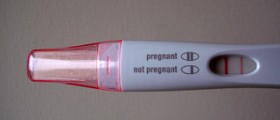
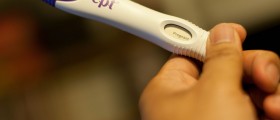



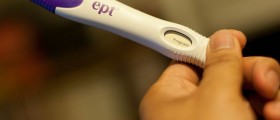
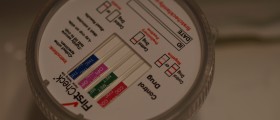

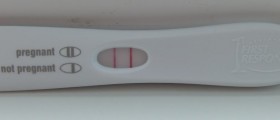



Your thoughts on this
Loading...